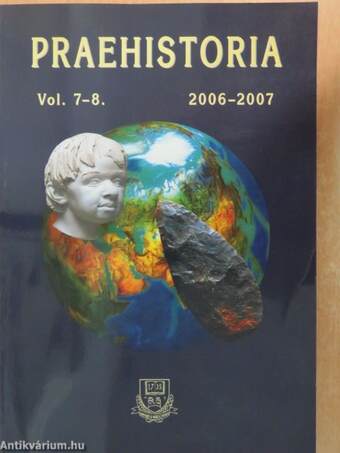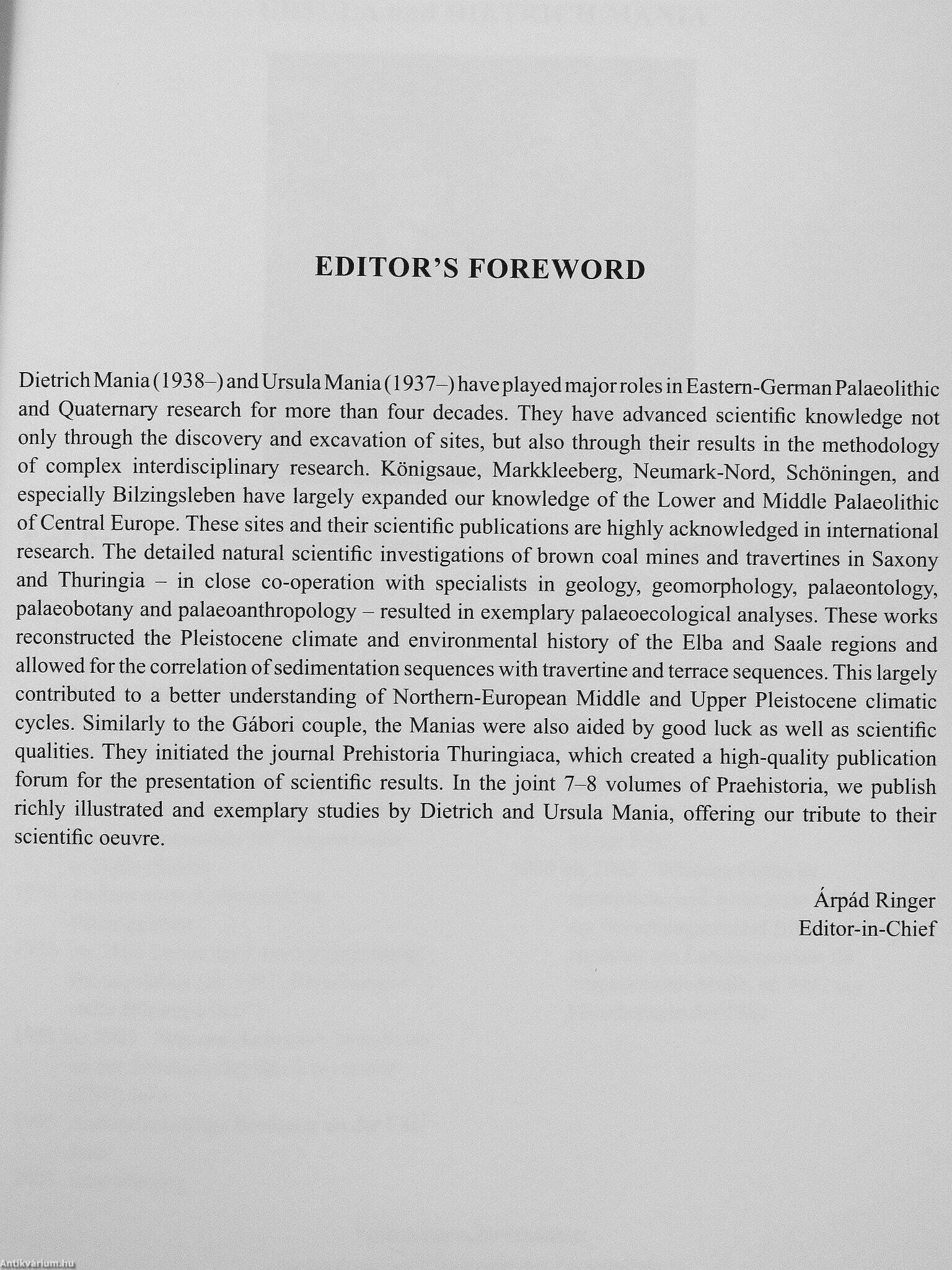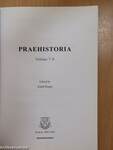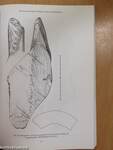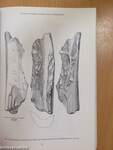1.034.149
kiadvánnyal nyújtjuk Magyarország legnagyobb antikvár könyv-kínálatát

VISSZA
A TETEJÉRE
JAVASLATOKÉszre-
vételek
Praehistoria 7-8. 2006-2007
International prehistory journal of the University of Miskolc
| Kiadó: | Archaeolingua Alapítvány és Kiadó |
|---|---|
| Kiadás helye: | Miskolc |
| Kiadás éve: | |
| Kötés típusa: | Ragasztott papírkötés |
| Oldalszám: | 271 oldal |
| Sorozatcím: | Praehistoria |
| Kötetszám: | |
| Nyelv: | Német |
| Méret: | 29 cm x 20 cm |
| ISBN: | |
| Megjegyzés: | Fekete-fehér illusztrációkkal. Angol nyelvű előszóval és fülszöveggel. |
naponta értesítjük a beérkező friss
kiadványokról
naponta értesítjük a beérkező friss
kiadványokról
Előszó
TovábbFülszöveg
The prehistoric site of Vértesszőlős started its international career in 1964. Besides revealing two archaeological and one palaeontological site, the excavations alsó proved that several travertine basins, already destroyed by mining, had contained prehistoric sites. The 1964-1965 excavation seasons recovered the earliest humán remains in Hungary: a milk-tooth fragment and an occipital bone of an aduit. Both micro and macrofaunal as well as botanical, geomorphological and sedimentological studies accompanied the archaeological investigations at Vértesszőlős. The excavations stopped in 1968 due to the sudden death of László Vértes. The results were published decades later, in 1990, by an international research team consisting of twenty members. The site today is a visitor centre of the Hungárián National Museum. Bilzingsleben joined Vértesszőlős in 1969. The excavation and research carried out at this Homo erectus site is exemplary in the Lower Palaeolithic It has become evident... TovábbFülszöveg
The prehistoric site of Vértesszőlős started its international career in 1964. Besides revealing two archaeological and one palaeontological site, the excavations alsó proved that several travertine basins, already destroyed by mining, had contained prehistoric sites. The 1964-1965 excavation seasons recovered the earliest humán remains in Hungary: a milk-tooth fragment and an occipital bone of an aduit. Both micro and macrofaunal as well as botanical, geomorphological and sedimentological studies accompanied the archaeological investigations at Vértesszőlős. The excavations stopped in 1968 due to the sudden death of László Vértes. The results were published decades later, in 1990, by an international research team consisting of twenty members. The site today is a visitor centre of the Hungárián National Museum. Bilzingsleben joined Vértesszőlős in 1969. The excavation and research carried out at this Homo erectus site is exemplary in the Lower Palaeolithic It has become evident that the microlithic pebble tool producer population was significant in the Early Palaeolithic of Central Europe. At the CJISPP XIV congress in Liege a session was organized on this topic entitled Lower Palaeolithic small tools in Europe and Levant. This type of tool making has examples in the Late Palaeolithic as well. VisszaTémakörök
- Történelem > Őskor
- Idegennyelv > Idegennyelvű könyvek > Német > Folyóiratok, újságok
- Idegennyelv > Idegennyelvű könyvek > Német > Történelem > Európa története > Egyéb
- Folyóiratok, újságok > Történelem
- Történelem > Folyóiratok, közlemények, évkönyvek > Magyar
- Történelem > Idegennyelvű > Német
- Régészet > Általános régészet, antropológia > Ősrégészet
- Idegennyelv > Idegennyelvű könyvek > Német > Régészet > Általános régészet, antropológia > Ősrégészet
- Idegennyelv > Idegennyelvű könyvek > Német > Régészet > Kontinensek szerint > Európa
- Régészet > Kontinensek szerint > Európa > Egyéb
- Történelem > Régészet > Általános régészet, antropológia > Ősrégészet
- Történelem > Régészet > Kontinensek szerint > Európa > Egyéb



